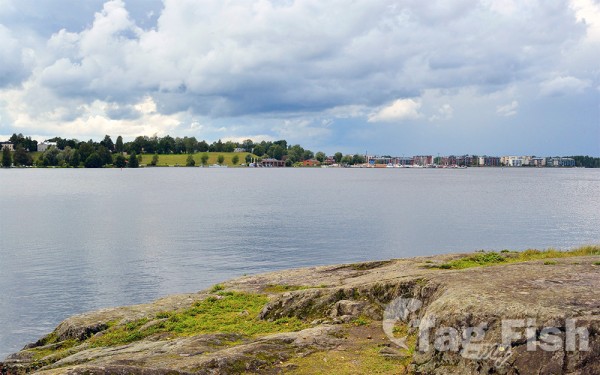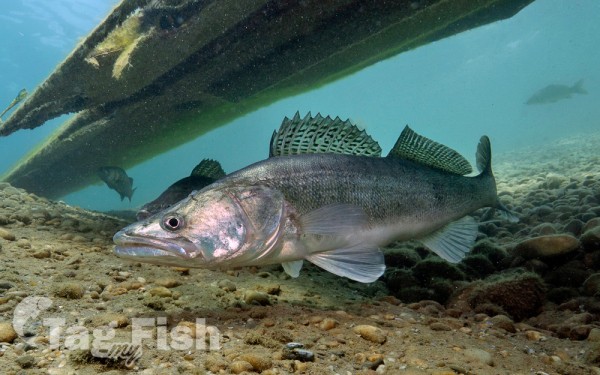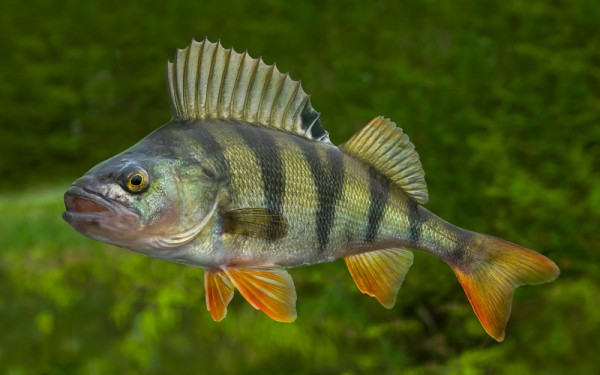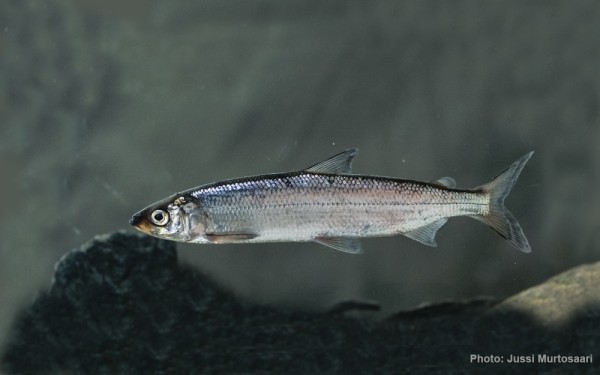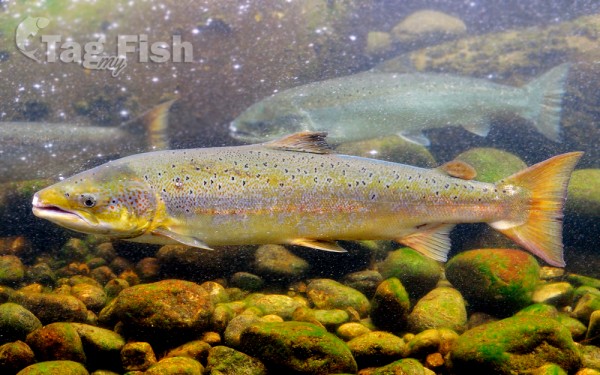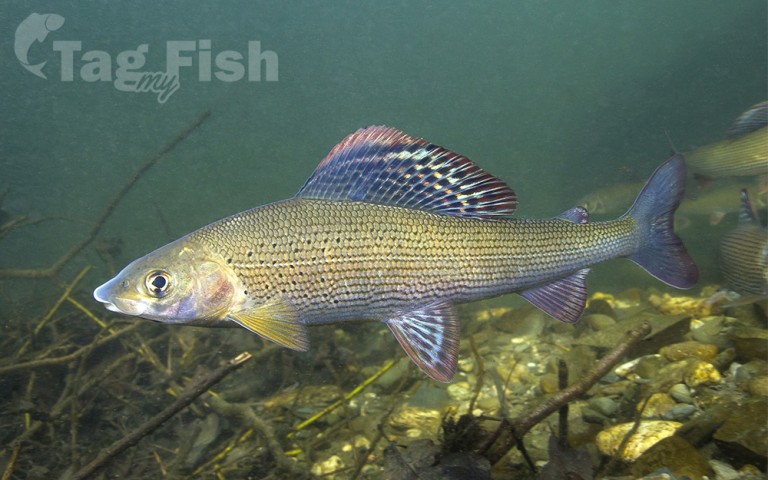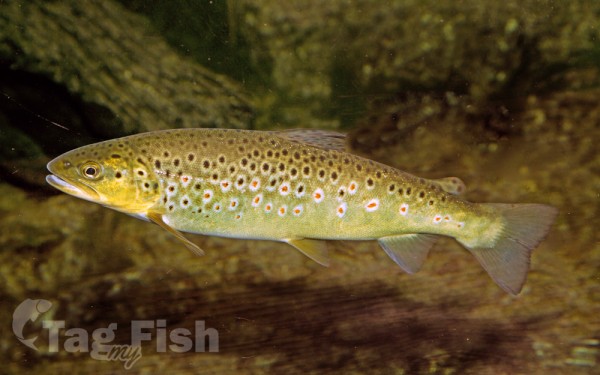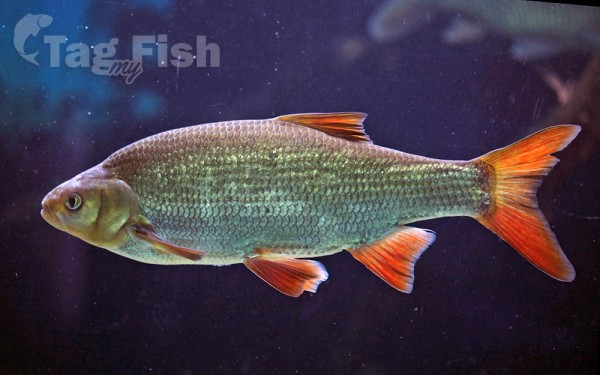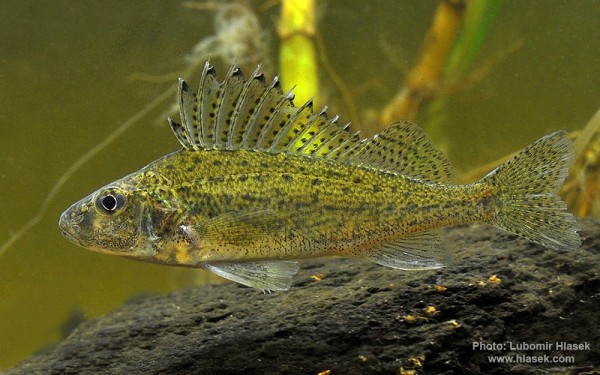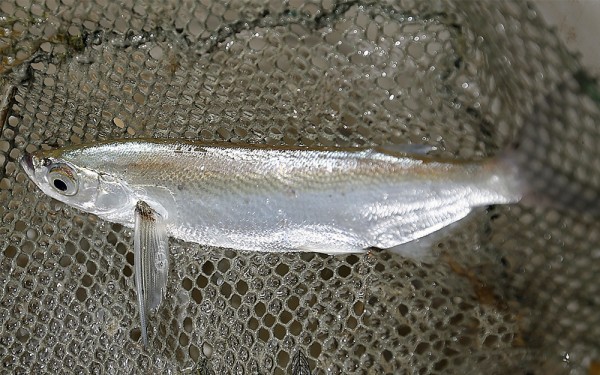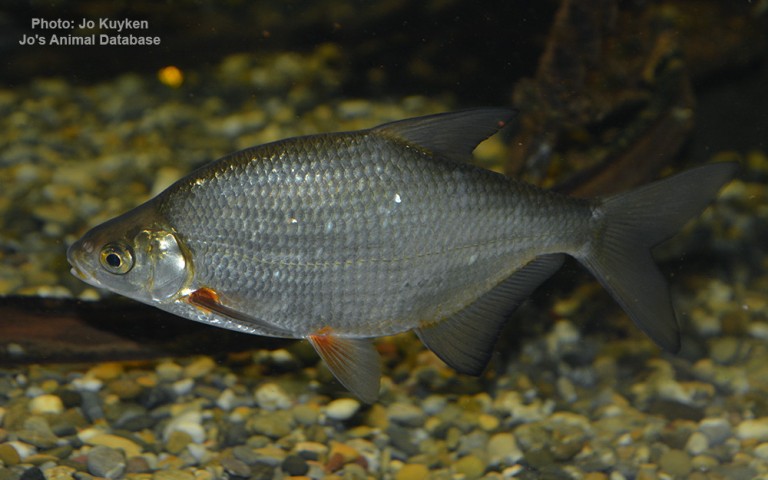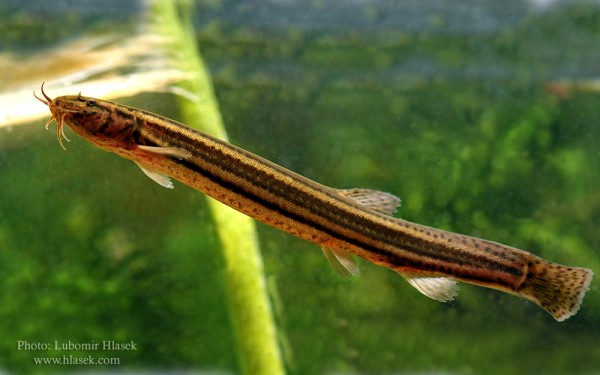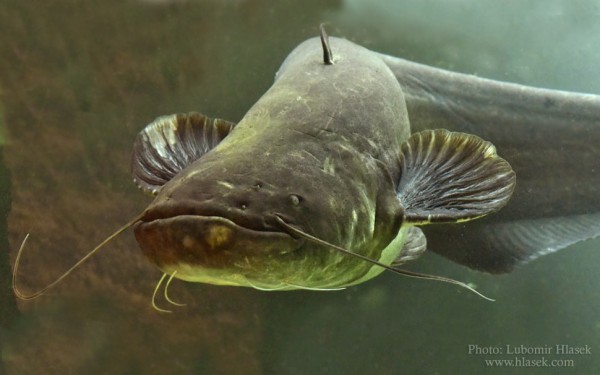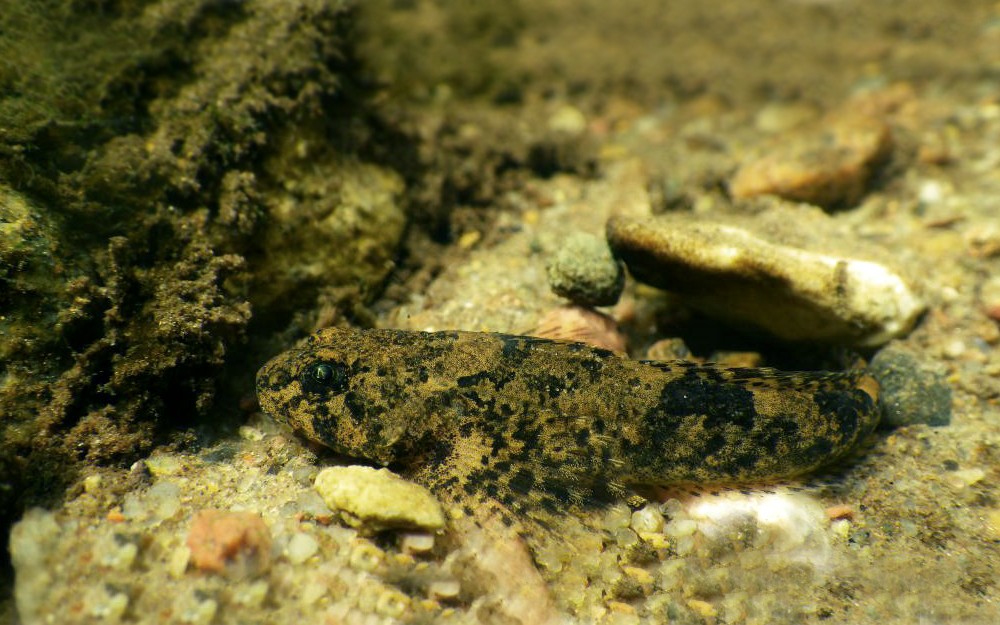Vuoksi
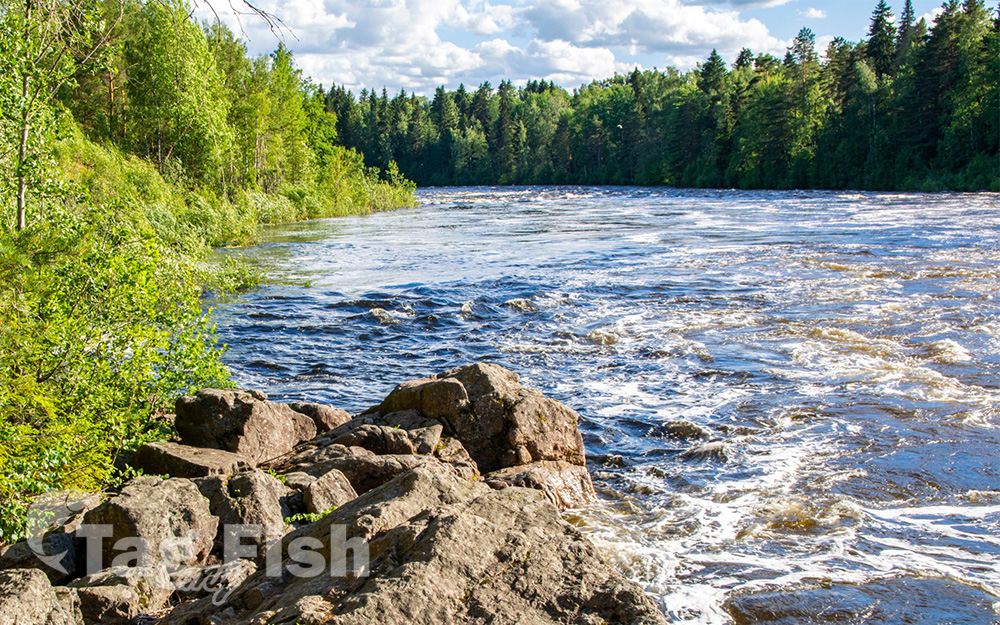
Natural lakes
Perciformes - Perches
Salmoniformes - Salmons and Trouts
Esociformes - Pikes
Cypriniformes - Carps
Perciformes - Perches
Salmoniformes - Salmons and Trouts
Esociformes - Pikes
Cypriniformes - Carps
Siluriformes - Catfishes
Scorpaeniformes - Mail-cheeked fishes
Perciformes - Perches
Salmoniformes - Salmons and Trouts
Esociformes - Pikes
Cypriniformes - Carps
Siluriformes - Catfishes
Scorpaeniformes - Mail-cheeked fishes
The Vuoksi (Russian: Вуокса) is a river running through the northernmost part of the Karelian Isthmus from Lake Saimaa in southeastern Finland to Lake Ladoga in northwestern Russia.
The river enters Lake Ladoga in three branches, an older main northern branch at Priozersk (Käkisalmi), a smaller branch a few kilometers to the north of it, and a new southern branch entering 50 kilometers (31 mi) further southeast as Burnaya River (Finnish: Taipaleenjoki), which has become the main stream in terms of water discharge. Since 1857, the old northern distributaries drain only the lower reaches of the Vuoksi basin and are not fed by Lake Saimaa. The northern and southern branches actually belong to two separate river systems, which at times get isolated from each other in dry seasons.
The descent between Lake Saimaa and Lake Ladoga is 69 meters (226 ft). The entire run of the river is 162 kilometers (101 mi) via the Priozersk branch, or 150 kilometers (93 mi) via the Taipale (Burnaya) branch. It has a drainage basin of 68,700 square kilometres (26,500 sq mi).
For most of its length, the river broadens out to a series of lakes bound together by shorter riverlike connections. One of these lakes, Uusijärvi close to Priozersk, was renamed Ozero Vuoksa (Lake Vuoksa) by the Soviets.
Fishing
The original fish population of the Vuoksi has included both migratory and local fish species. The most important recreational fishing catches are trout, grayling, whitefish, vendace, salmon, perch, zander, pike, and rainbow trout.
